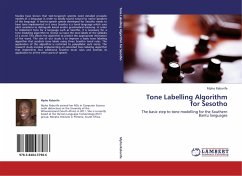The number of cardiology interventional procedures has significantly increased recently. This is due to the reliability of the diagnostic equipment to diagnose many heart diseases. In the procedures the x-ray used results in increasing radiation doses to the staff. The cardiologists and other staff members in interventional cardiology are usually working close to the area under examination and receive the dose primarily from scattered radiation from the patient. Therefore workers in interventional cardiology are expected to receive high doses. This study estimated occupational annual doses recieved by workers in three cardiology centres compared with that received by workers in other medical practices (radiotherapy, nuclear medicine and diagnostic radiology)in the Institute of Nuclear Medicine and Technology (INMO). Thermoluminescence dosimeters were used for the estimation of Hp(10). The effective doses were then calculated from the two dosimeter readings over and under the apron







